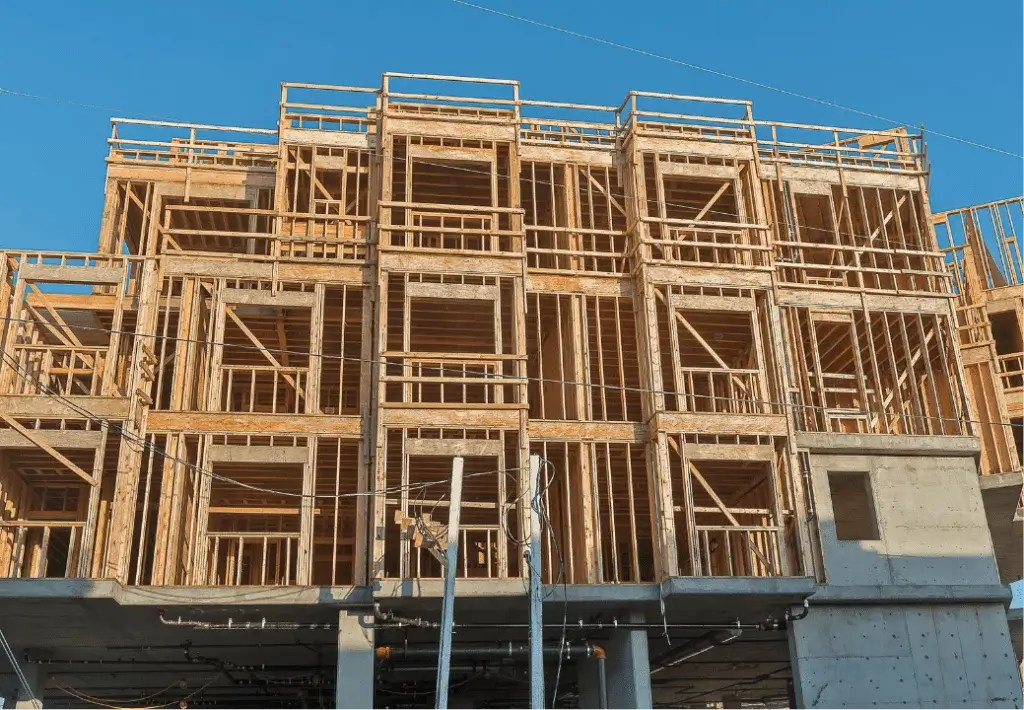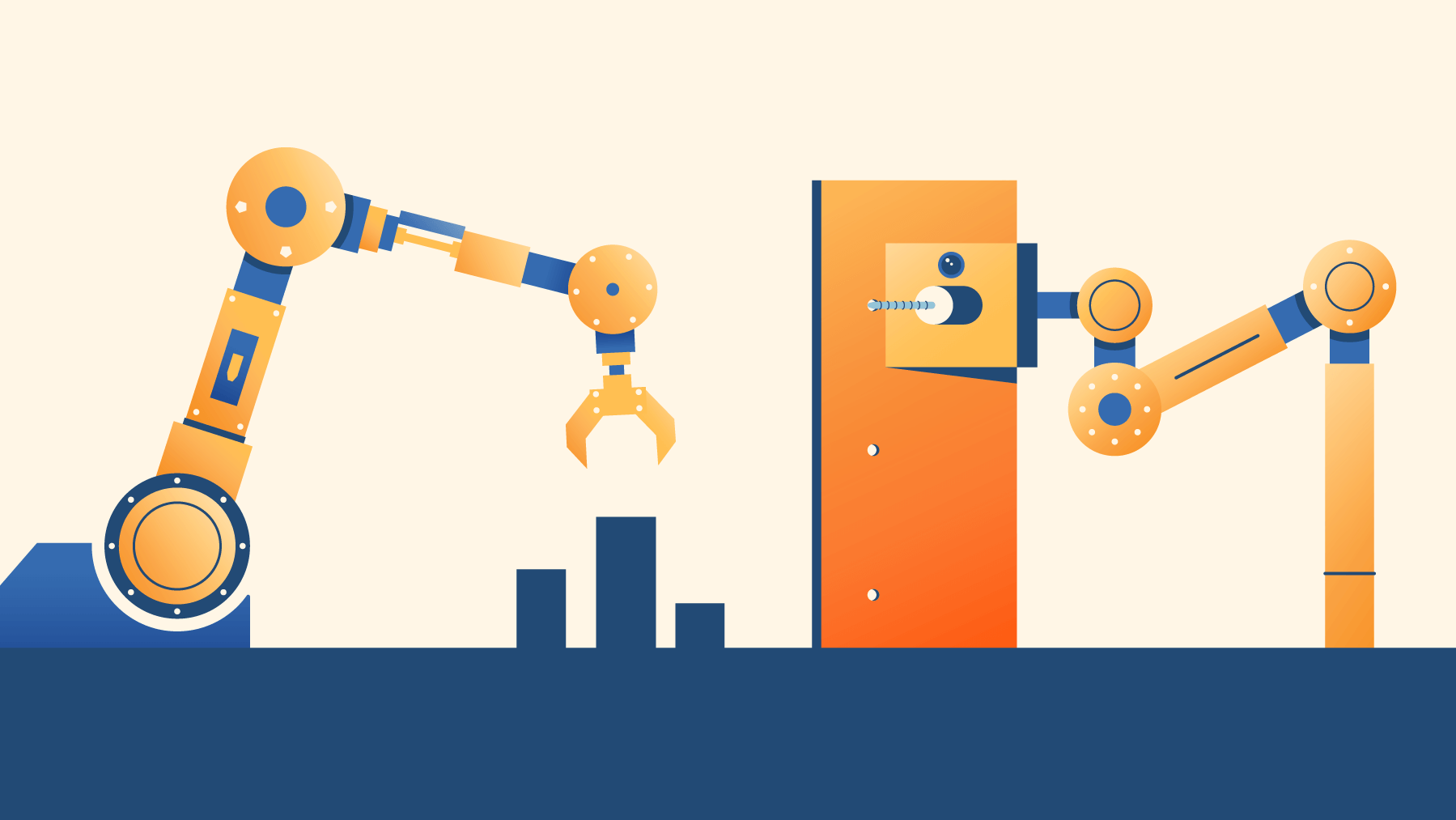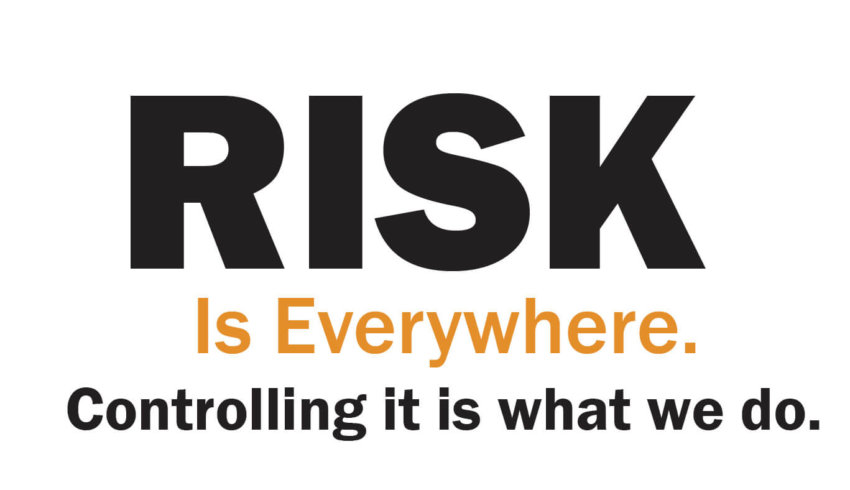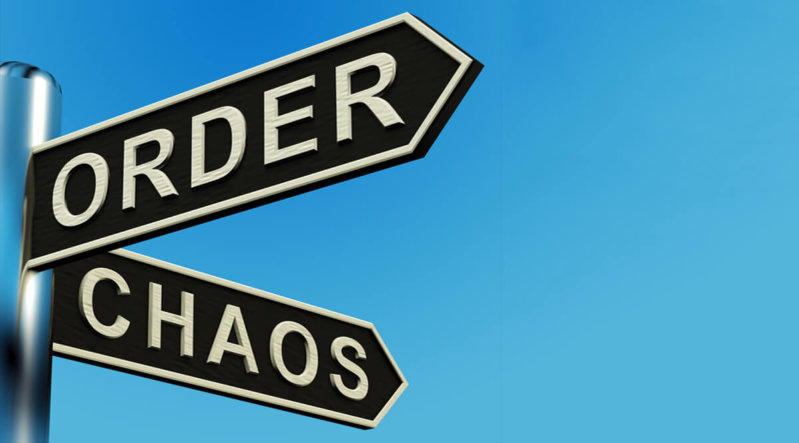If a picture is worth a thousand words, how many words is a complete and coordinated construction plan set worth?
Arguably, the most critical components to any project are the construction documents. Plans, specifications, engineered calculations, supplemental instructions, requests for information, narratives, addendums, sketches; the list goes on. These documents are used by thousands of people on each project; some who never step foot on site, but have a direct impact on the project’s success or failure. Whether it’s the framing crew laying out walls, the project superintendent coordinating overhead utilities, the delegated engineer designing the roof trusses, the window manufacturer providing design calculations to meet wind load requirements, or the countertop contractor providing samples for submittal review, each of them relies on the accuracy of the construction documents to contribute their component of the project.
With advancements in technology and speed of communication, updating construction documents takes a matter of minutes,...
Read More >












